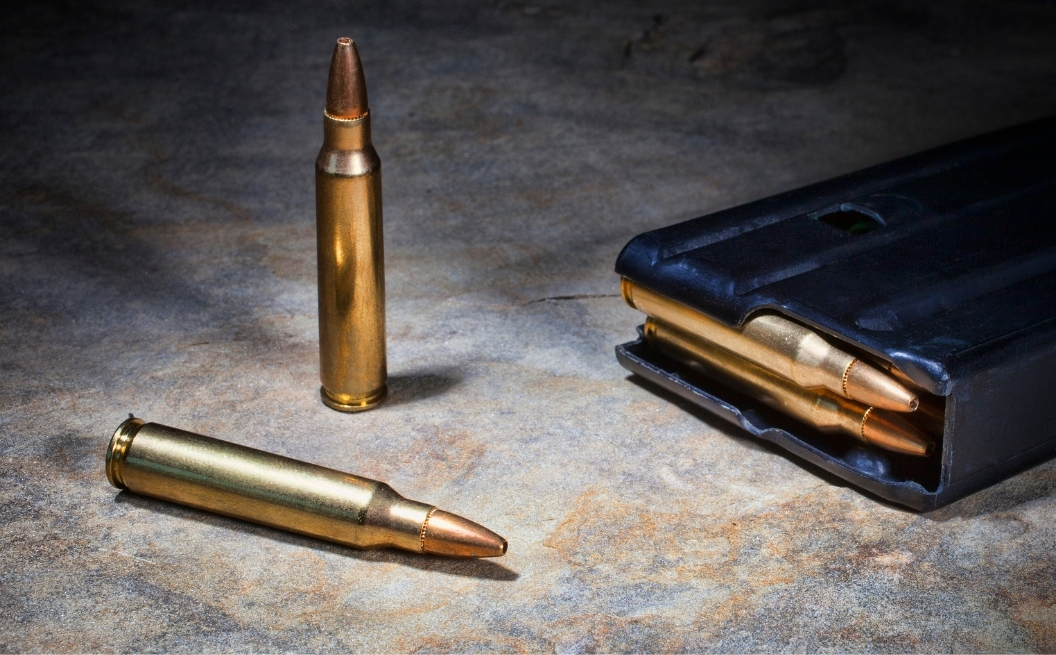For any gun owner, ammunition is a significant investment. Whether you’re a prepper stockpiling for a worst-case scenario or a recreational shooter buying in bulk, preserving the integrity of your rounds is crucial. The enemy of long-term ammunition storage is not time itself, but rather the environmental factors that lead to corrosion. When stored properly, modern ammunition can remain viable for decades, even a century. The key is to protect it from the elements that cause it to degrade. By focusing on four key principles—temperature, humidity, proper containers, and regular inspection—you can ensure your ammunition remains reliable and ready for use when you need it most.
1. Control the Environment: Temperature and Humidity are Key
The most critical factors in preventing ammunition corrosion are temperature and humidity. A stable, moderate environment is paramount.

Temperature: Extreme temperatures, both hot and cold, can negatively affect ammunition. High heat can cause the powder to degrade over time, leading to reduced velocity and potential misfires. The ideal storage temperature is between 55°F and 85°F. More importantly than the exact number, however, is avoiding rapid and significant temperature fluctuations. These swings can cause condensation to form inside the cartridge case, leading to moisture buildup and, eventually, corrosion. Never store ammunition in places like a car trunk, an uninsulated garage, or an attic where temperatures can fluctuate wildly throughout the day and year.
Humidity: Moisture is the number one cause of ammunition corrosion. When water vapor in the air comes into contact with the metal casing, it initiates the oxidation process (rust). A relative humidity level below 50% is recommended for long-term storage. Basements, while often cool, can be a poor choice due to their high humidity levels. Consider using a dehumidifier in your storage area, especially if you live in a humid climate.
2. Choose the Right Storage Containers
The container you use is your first and most important line of defense against the elements. While the cardboard boxes ammo comes in are fine for short-term use, they are not suitable for long-term storage.
Airtight, Waterproof Containers: The gold standard for long-term ammo storage is a sealed, waterproof ammo can. These metal or high-impact plastic containers have a rubber gasket or O-ring seal that effectively keeps out moisture and dust. They are designed to be stackable and durable, making them ideal for a dedicated storage space. Many military surplus ammo cans are an excellent, cost-effective option.
Desiccants: To combat any residual moisture that may be trapped inside a sealed container, use a desiccant. The most common type is silica gel. These small packets absorb moisture from the air, creating a dry micro-environment around your ammunition. You can buy them in bulk, and many can be “recharged” by baking them in a low-temperature oven, making them a reusable solution. Place a few packets inside each ammo can to absorb moisture and provide an extra layer of protection.
Vacuum Sealing: For the ultimate protection, you can vacuum-seal your ammunition. Using a vacuum sealer and a sturdy plastic bag, you can remove all the air from around your rounds. This not only prevents moisture from reaching the ammo but also protects it from physical damage and chemical exposure.
3. Proper Organization and Handling
How you organize and handle your ammunition can also contribute to its longevity.
Original Packaging: For most factory-new ammunition, the original box is the best way to store it within a larger container. It protects the rounds from dings and dents and keeps them organized by caliber and type. Avoid storing loose rounds in a container where they can rub against each other, as this can cause scratching and damage to the casings.
Minimize Handling: The oils and contaminants on your hands can accelerate the corrosion process. Whenever possible, handle ammunition as little as possible. When you do handle it, make sure your hands are clean and dry. Once you’ve opened a box to use some rounds, reseal the remaining ammunition in a container as soon as possible.
Labeling and Rotation: Proper labeling is crucial for a well-maintained stockpile. Clearly mark each container with the caliber, bullet type, and date of storage. This helps you to use older ammunition first, a practice known as “First In, First Out” (FIFO). Regularly rotating your stock ensures you don’t have rounds sitting for an unnecessarily long period.
4. Regular Inspection is a Must
Even with the best storage practices, it’s essential to inspect your ammunition periodically. Once or twice a year, open your containers and check for any signs of corrosion. Look for discolored patches, rust spots, or any physical damage to the casings. If a round shows signs of significant corrosion, it’s best to discard it safely. While a small amount of tarnish may be harmless, any rust that compromises the integrity of the casing should be a red flag. Regular inspection allows you to catch problems early and prevent them from spreading, ensuring your entire ammo supply remains in top condition. By following these steps, you can be confident that your ammunition will be ready and reliable for many years to come.

















